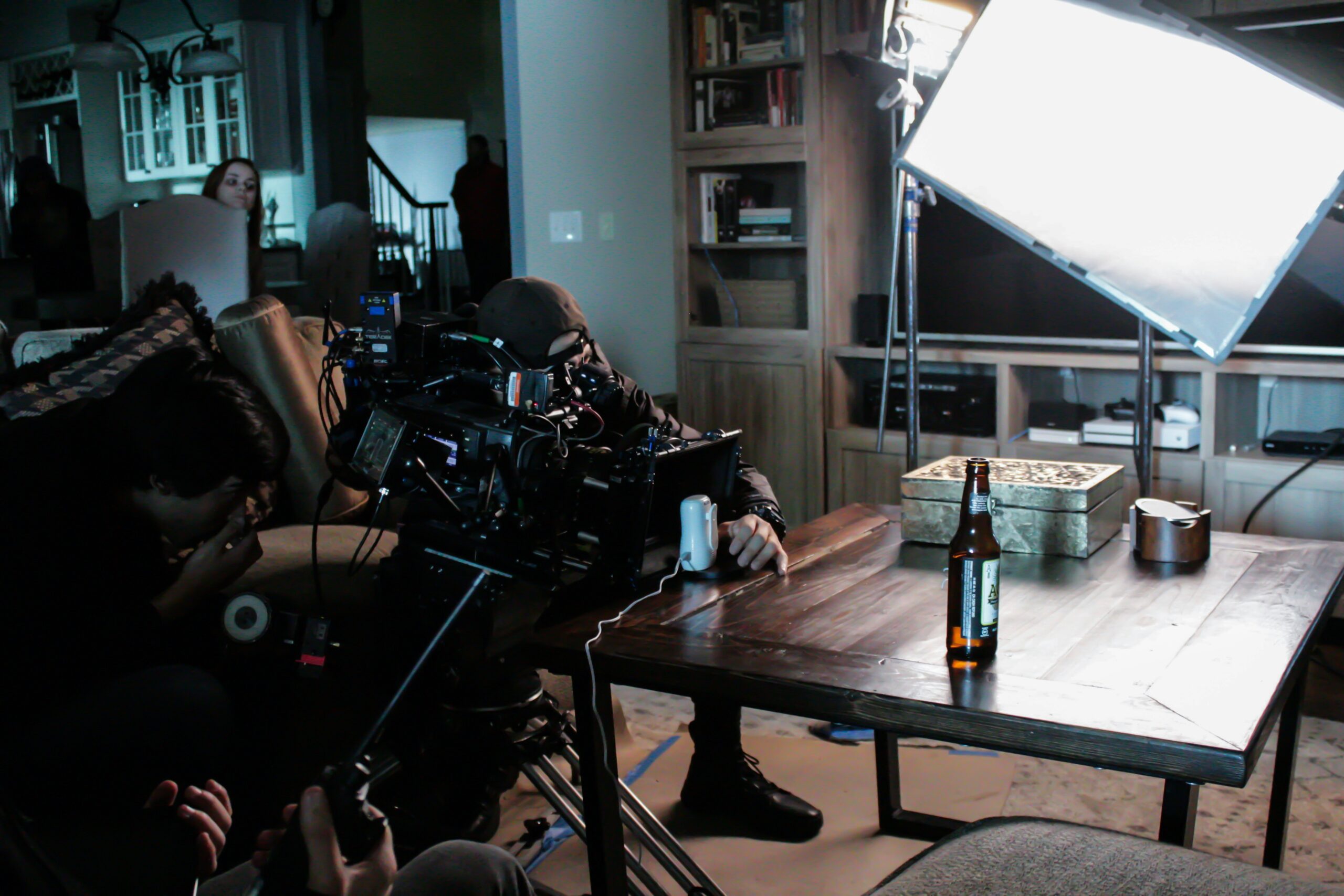Advice
The Power of Misdirection in Storytelling
In the world of storytelling, few techniques captivate and challenge audiences like non-linear storytelling and unreliable narrators. These creative approaches not only keep viewers on their toes but also elevate the entire viewing experience, turning what could be a passive narrative into a gripping puzzle that demands attention and sparks endless debate.
The Puzzle of Non-Linear Narratives
Non-linear storytelling takes the traditional narrative structure and tosses it out the window, presenting events out of sequence. This forces the audience to piece together the true timeline of events, making the story itself a puzzle to be solved. By jumping between past, present, and future, or introducing parallel timelines, filmmakers transform viewers into detectives, always hunting for clues and connections.
This approach can intensify emotional impact, like when a scene that initially seems innocent takes on a whole new meaning when viewed later in context. By revealing information in unexpected ways, non-linear storytelling keeps the audience guessing, heightens dramatic tension, and encourages viewers to pay closer attention to every detail.
The Unreliable Narrator’s Web
The unreliable narrator is another powerful tool in the storyteller’s kit. When the audience realizes that the narrator may not be telling the truth—or is perceiving events through a distorted lens—every word and image becomes suspect. This method can throw everything the viewer thought they knew into doubt, creating an atmosphere of uncertainty and mistrust that keeps them glued to the screen.
The unreliable narrator might be hiding their true motives, suffering from a warped reality, or intentionally misleading the audience. Whether it’s a slow unraveling of their deception or a shocking twist that redefines the entire plot, this technique adds layers of complexity, making viewers question not just the characters, but the very nature of the story itself.

Inspiring Multiple Viewings
One of the most thrilling outcomes of using non-linear storytelling or an unreliable narrator is that it almost guarantees multiple viewings. After the initial shock of a plot twist or revelation, audiences will want to go back and watch it again with fresh eyes.
On subsequent viewings, subtle details take on new significance:
- Foreshadowing that seemed unimportant the first time now feels like a clear signal of things to come.
- Visual cues and background elements suddenly have deeper meaning once the full story is revealed.
- Dialogue that seemed innocuous on the surface carries hidden layers, especially when the audience knows the real truth behind the events.
This rewatchability turns a one-time experience into a deep dive, extending the life of the content and deepening the audience’s engagement with the story.
Fueling Fan Theories
The complexity of these narrative techniques provides fertile ground for fan theories. As viewers dissect every scene, line of dialogue, and visual detail, they uncover hidden meanings or clues to possible future developments. This builds a vibrant community of theorists, eagerly sharing their findings online and keeping the conversation alive between episodes, seasons, or releases.
Fan theories don’t just enhance engagement—they turn a show, movie, or game into a cultural phenomenon. From Reddit threads to YouTube breakdowns, these discussions can create buzz that outlives the story itself, pushing creators to up their game and sometimes even influencing the direction of future installments.
The Challenge of Balance
While non-linear storytelling and unreliable narration can enrich a story, they also come with significant challenges for creators:
- Maintaining coherence: As complex as these narratives can be, the story must still make sense when all the pieces are in place. Otherwise, audiences may feel lost or cheated.
- Avoiding frustration: There’s a delicate line between an engaging puzzle and a confusing mess. Viewers want to be challenged, not completely baffled.
- Satisfying payoff: After leading the audience through intricate twists and turns, the resolution must be worth the effort. A weak or unsatisfying conclusion can tarnish the entire experience.
Creators who successfully navigate these challenges build trust with their audiences, ensuring that each twist, turn, and misdirection lands with the intended impact.
Examples in Action
Several standout examples of non-linear storytelling and unreliable narrators demonstrate the power of these techniques:
- “Westworld”: This series masterfully intertwines multiple timelines, making viewers question the nature of reality while unraveling the mysteries of its complex world.
- “Fight Club”: The film’s iconic use of an unreliable narrator not only delivers a jaw-dropping plot twist but also invites audiences to reconsider every moment that came before.
- “Dark”: The German sci-fi series takes non-linear storytelling to new heights, weaving together multiple timelines and generations to create a labyrinthine narrative that rewards careful, attentive viewers.
Beyond the Screen
Non-linear storytelling and unreliable narration aren’t limited to film and television. Podcasts like “Serial” play with time and perspective to keep listeners on edge, while video games like “The Last of Us Part II” use narrative misdirection to provoke emotional and intellectual reactions from players. In the interactive storytelling space, these techniques can go even further, allowing the audience to influence how events unfold, adding a personal dimension to the mystery.
Transforming Passive Viewers into Active Participants
At the heart of these techniques is a simple but powerful idea: the audience becomes a part of the story. Whether they’re trying to unravel a non-linear narrative or questioning the trustworthiness of a narrator, viewers aren’t just watching—they’re actively engaged, piecing together the truth alongside the characters.
By using non-linear storytelling and unreliable narrators, creators can offer audiences a more interactive, immersive experience. These techniques transform the story into a multi-layered puzzle, keeping fans coming back for more as they delve deeper into the twists and turns of a narrative that challenges them at every step.
In the end, the true reward for audiences is the thrill of discovery—a narrative experience where they don’t just watch, but also question, theorize, and uncover, leaving them fully engaged in the story long after the screen fades to black.